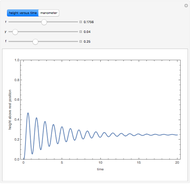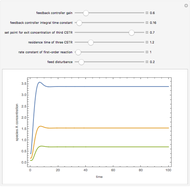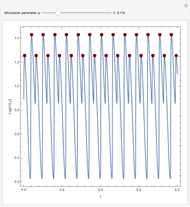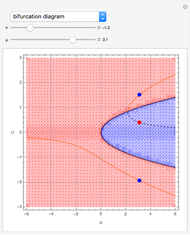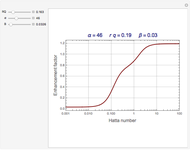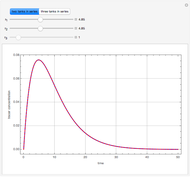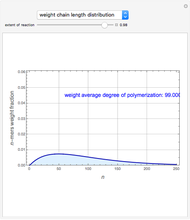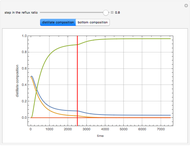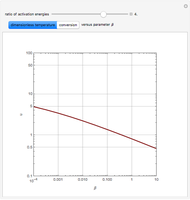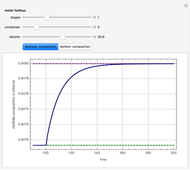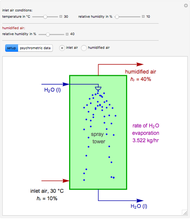Step and Impulse Response of a Second-Order System
Initializing live version

Requires a Wolfram Notebook System
Interact on desktop, mobile and cloud with the free Wolfram Player or other Wolfram Language products.
Consider a second-order process, where the transfer function is given by  , where
, where  is the process time constant and
is the process time constant and  is the damping coefficient.
is the damping coefficient.
Contributed by: Housam Binous and Ahmed Bellagi (March 2011)
Open content licensed under CC BY-NC-SA
Snapshots
Details
Permanent Citation















